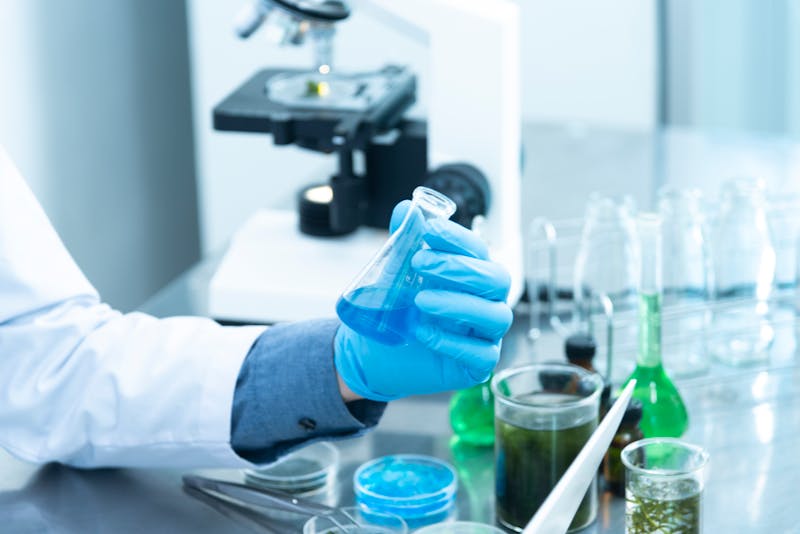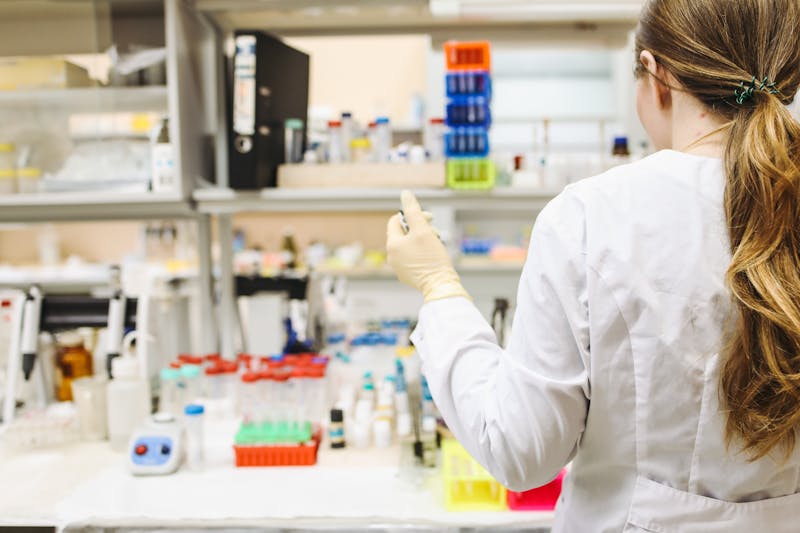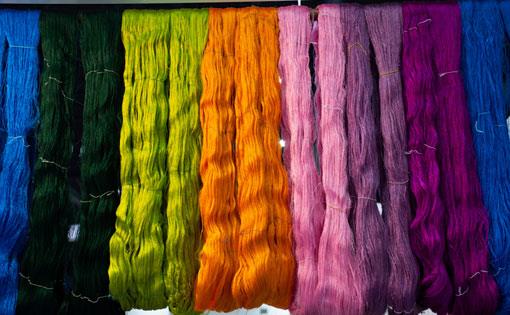
Basic Dyes
Reactive dyes are water-soluble dyes that chemically react with fiber molecules, creating strong covalent bonds. This ensures vibrant, long-lasting colors with excellent wash and light fastness. These dyes are primarily used for cellulose fibers like cotton and rayon in textile industries around the world. Their performance depends on specific temperature, pH, and fixing conditions during dyeing and fixation.
| Property | Chemical Details | Application Info | Compatibility | Fastness | Standards & Storage |
|---|---|---|---|---|---|
| Product Type | Reactive Navy Blue BF | Bifunctional dye (VS + MCT based) | Cotton, Rayon, Linen | Wash: 4–5 Light: 6 |
Store in sealed containers Avoid humidity |
| Molecular Structure | C₃₅H₂₄ClN₇Na₄O₁₀S₄ | Stable under alkaline conditions | Cellulosic & viscose blends | Bleach Resistance: Moderate | Shelf Life: 24 months Dry, dark place |
| Fixation Type | Alkaline Fixation | Requires Soda Ash or NaOH | Highly reactive with OH- groups | Rubbing Fastness: 4 | REACH & OEKO-TEX Certified |
| Temp. Requirement | 60°C – 80°C | Ideal for exhaust dyeing | Compatible with soft flow process | Heat Stability: Good | Protect from direct sunlight |
| Application Segment | Textiles & Garments | Batch, Pad & Continuous Dyeing | Yarn, Fabric, Home Furnishings | Durability: High | Pack in moisture-proof bags |
| Solubility & Form | Fine Powder (water soluble) | Disperse in warm water (40–50°C) | No residue if stirred properly | Bath Stability: Excellent | No storage below 5°C |
| Product Name | Chemical Class | Dyeing Temp (°C) | pH Range | Fixation Method | Common Applications |
|---|---|---|---|---|---|
| Basic Red 18 | Azo Compound | 60 – 70 | 4.5 – 6.0 | Electrostatic Bonding | Acrylic fibers, silk, paper dyeing |
| Basic Blue 41 | Methine Group | 70 – 90 | 5.0 – 6.5 | Acidified Bath + Salt | Acrylic yarns, wool blends |
| Basic Yellow 28 | Quinoline Derivative | 60 – 80 | 4.0 – 5.5 | Cationic Interaction | Paper coating, jute dyeing |
| Basic Green 4 | Triphenylmethane | 65 – 75 | 4.5 – 6.0 | Electrostatic Attraction | Silk, wool, leather, ink |
| Basic Violet 10 | Rosaniline Group | 60 – 70 | 5.0 – 6.5 | Direct Cationic Binding | Textile printing, acrylic fibers |
| Basic Orange 21 | Monazo Dye | 70 – 85 | 4.0 – 5.5 | Electrostatic Fixation | Packaging, banners, paper |
Basic dyes are a class of synthetic cationic dyes primarily used for their strong affinity toward materials with anionic sites, such as acrylic fibers, paper, modified polyester, and leather. These dyes produce brilliant and intense color shades but typically offer moderate fastness properties unless fixed with mordants or resins. Their molecular structure includes chromophores and auxochromes that enable high tinctorial strength and excellent brightness.
From a chemical standpoint, basic dyes are soluble in water and operate best in an acidic to neutral pH range — typically between pH 4.0 and 7.0. The dyeing process is usually carried out at temperatures ranging from 60°C to 90°C, depending on the substrate. Due to their ionic nature, they form electrostatic bonds with the negatively charged sites on fibers, especially synthetic types like acrylic and cationized cellulose. Common application methods include exhaust dyeing and pad-dry techniques. Their vivid appearance makes them widely used in products like banners, artificial flowers, acrylic carpets, and plastic coloration.
Storage and handling of basic dyes require dry, sealed, and cool conditions to prevent moisture absorption and degradation. While they may not always comply with the highest environmental certifications due to their higher effluent load, innovations in dye-fixing agents and treatment systems are improving their sustainability. Chemical engineers and dyeing technicians focus on optimizing dye-fiber bonding, minimizing color bleeding, and ensuring consistent results across production batches.
Our Lab Gallery



If you would like to get in touch with JP Global, there are several convenient ways to reach out. You can contact us directly via phone or email for any inquiries, partnerships, or support. Additionally, our contact form on the website allows you to submit your queries quickly. For urgent matters, we recommend calling during business hours. Follow us on social media for updates, or visit our office at the listed address to speak with our team in person.
You can view the complete list of our products by visiting the "Products" or "Catalog" section on our website. We regularly update this section with the latest offerings, specifications, and availability. If you prefer, you can also request a digital or printed catalog by contacting our support team via email or phone. For bulk or customized product inquiries, our sales team is always ready to assist you directly.
JP Global collaborates with a wide range of trusted industrial partners across various sectors including manufacturing, logistics, energy, and technology. Our key partners include leading suppliers, global manufacturers, and certified service providers who share our commitment to quality, innovation, and customer satisfaction. These collaborations enable us to deliver reliable solutions and maintain high industry standards in every project we undertake.





















